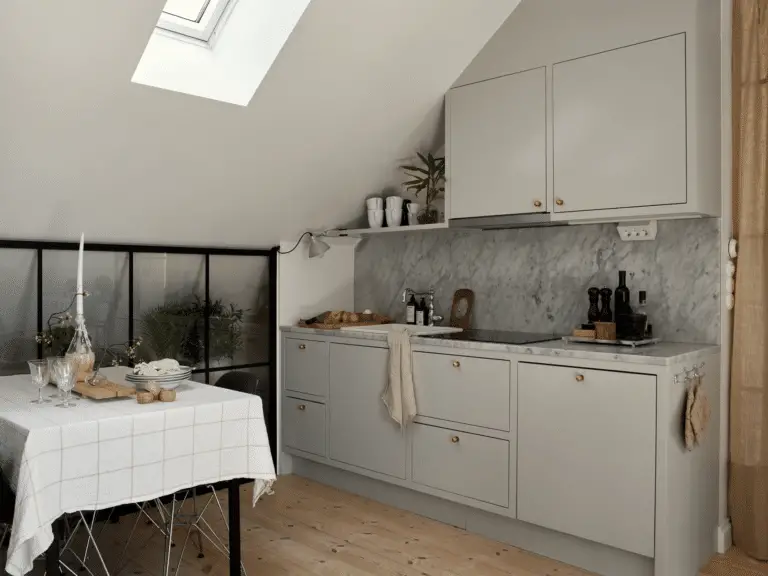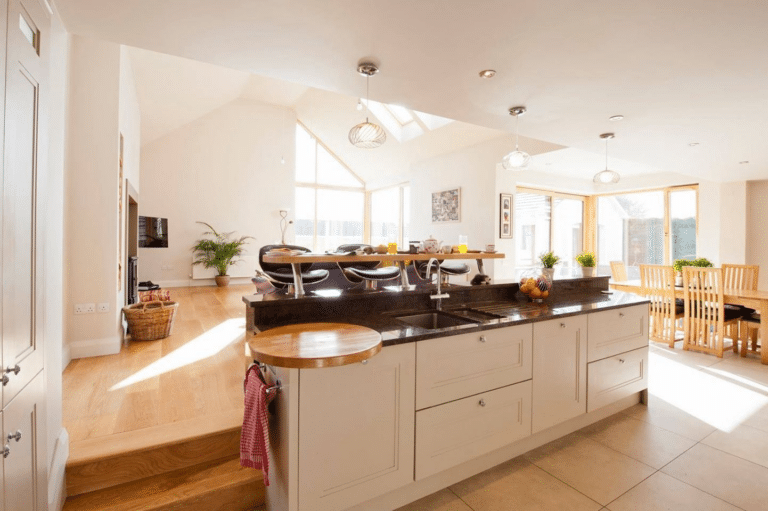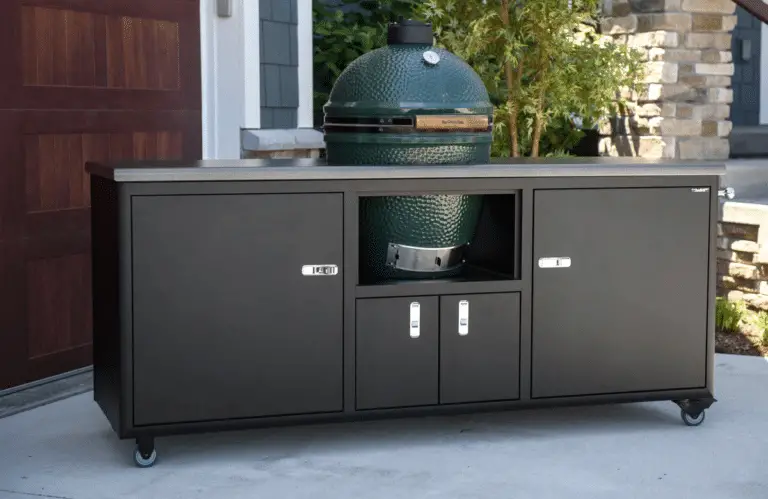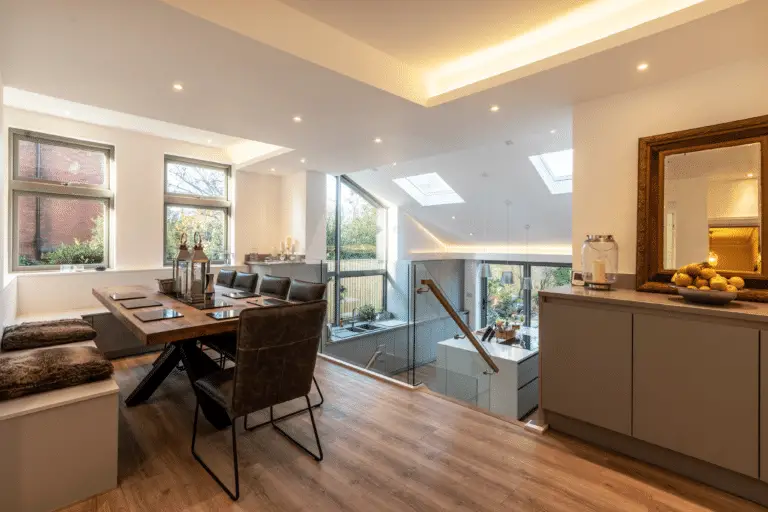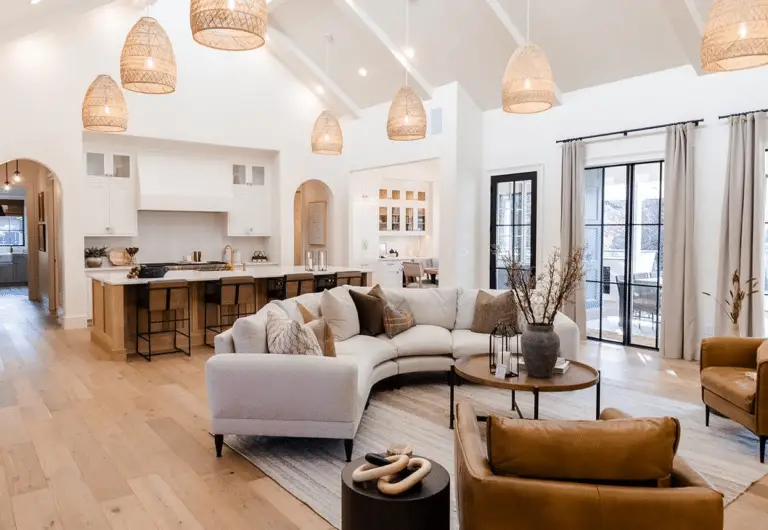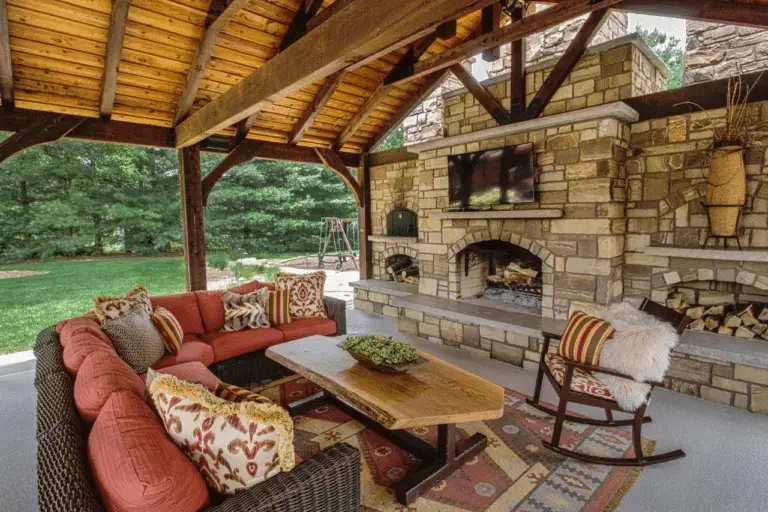Step into the world of split-level kitchens, the latest trend in modern home design! Learn how selecting the right materials and colors can transform your kitchen into a chic and functional space.
From wood to stainless steel, and from calming blues to bold reds, discover the endless possibilities for creating a stunning split-level kitchen design. Stay ahead of the curve with insights into future trends and master the art of combining materials and colors for a truly unique kitchen remodel experience.
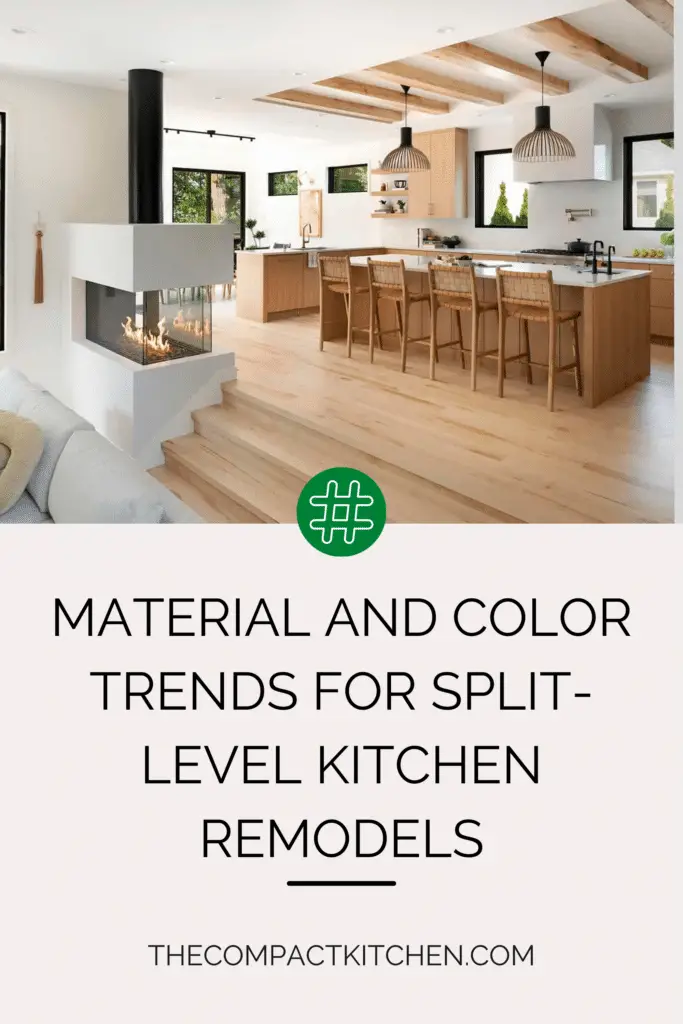
Understanding Split-Level Kitchens
When it comes to modern home design, split-level kitchens have been gaining popularity. But what exactly are split-level kitchens? These unique kitchen layouts are characterized by having multiple levels or platforms, creating different zones for cooking, dining, and entertaining. The design allows for a seamless flow between spaces while adding an element of dimension and interest to the overall look of the kitchen.
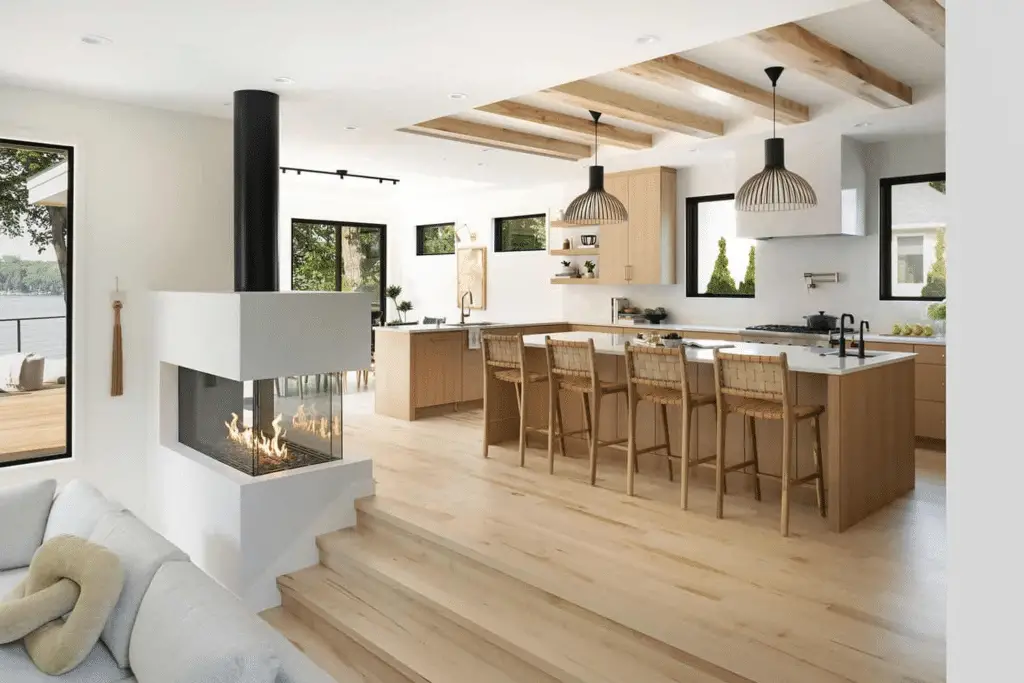
Split-level kitchens are not only aesthetically pleasing but also highly functional. The strategic layout makes it easier to separate different areas based on their intended use, creating a more efficient cooking and dining experience. Whether you’re entertaining guests or enjoying a family meal, split-level kitchens offer the perfect blend of style and functionality.
With the rising popularity of split-level kitchens, homeowners are increasingly looking for ways to enhance the look and feel of these unique spaces. From material choices to color schemes, every detail plays a crucial role in creating a cohesive and inviting design. Let’s delve into the importance of material and color choices for split-level kitchen remodels.
Importance of Material Selection in Split-Level Kitchens
When it comes to remodeling a split-level kitchen, one of the most crucial aspects to consider is the choice of materials. Material selection plays a significant role in determining the ambiance, function, and durability of the kitchen space. Making the right material choices can transform your kitchen into a stylish and functional area that enhances your overall living experience.
Impact of Material Choice on Ambiance
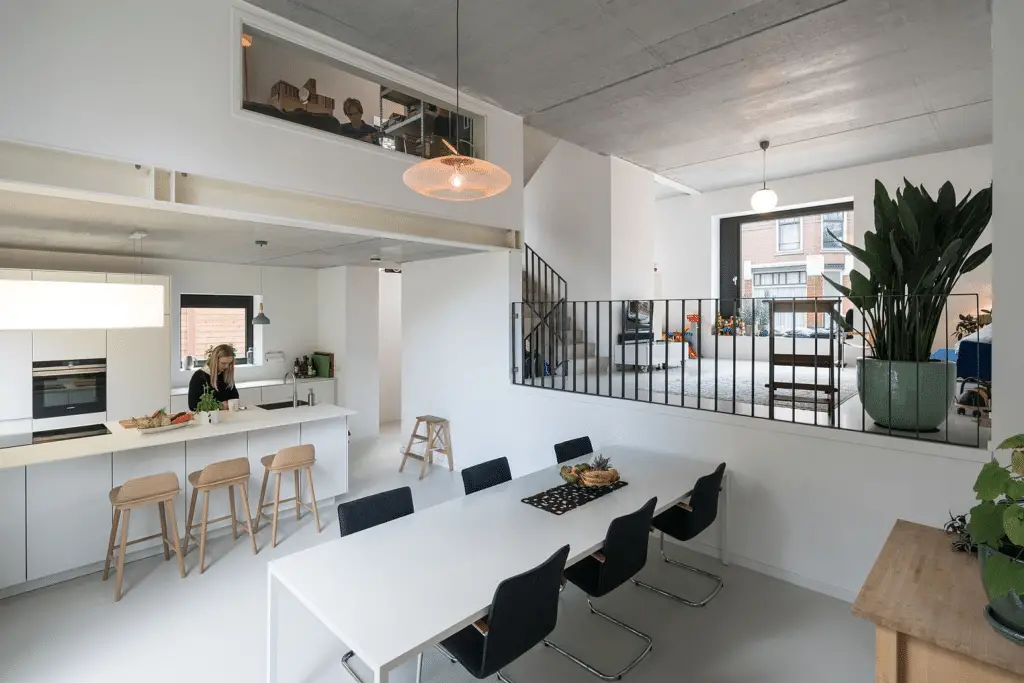
The materials used in your kitchen can greatly influence the overall ambiance of the space. For example, opting for natural wood finishes can create a warm and inviting atmosphere, perfect for cozy family gatherings. On the other hand, sleek stainless steel surfaces can give your kitchen a modern and sophisticated look, ideal for contemporary home designs. Consider how different materials can set the tone for your split-level kitchen and choose accordingly to achieve the desired ambiance.
Functionality and Durability
Functionality and durability are key considerations when selecting materials for your split-level kitchen. For countertops, materials like quartz and granite are popular choices due to their durability and resistance to heat, stains, and scratches. When it comes to flooring, options like ceramic tile and hardwood are not only aesthetically pleasing but also easy to clean and maintain. Keep in mind the practical aspects of your kitchen design and choose materials that can withstand the wear and tear of daily use.
Various Material Options
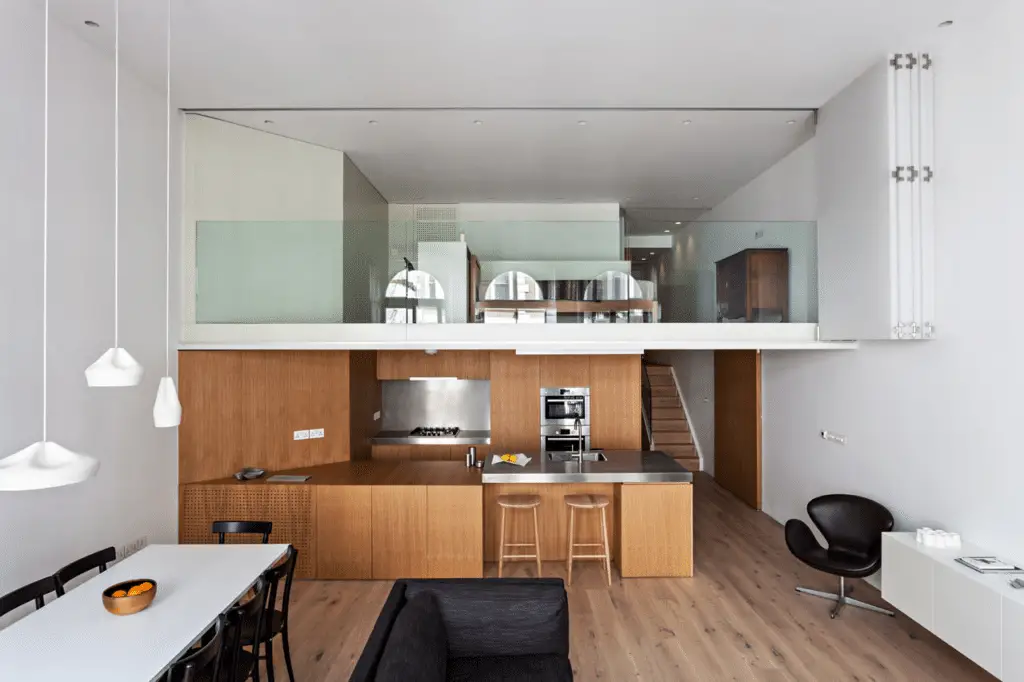
There is a wide range of material options available for split-level kitchen remodels, each with its own set of pros and cons. From traditional choices like marble and butcher block to innovative materials like concrete and glass, the possibilities are endless. Consider factors such as cost, maintenance, and longevity when selecting materials for your kitchen. It’s essential to strike a balance between aesthetics and practicality to create a space that is both visually appealing and functional.
By carefully considering material choices for your split-level kitchen remodel, you can create a space that not only looks great but also functions efficiently and withstands the test of time.
Essential Color Choices for a Chic Split-Level Kitchen
When it comes to designing a split-level kitchen, material choices are crucial, but color plays an equally important role in creating the right ambiance and aesthetic. The color scheme you choose can dramatically impact the overall look and feel of your kitchen, making it essential to carefully consider your options. Let’s delve into the significance of color in kitchen design and explore some trends and tips for choosing the perfect color scheme for your chic split-level kitchen.
The Significance of Color in Kitchen Design
Color has the power to evoke specific moods and emotions, making it a pivotal element in any design project. In a split-level kitchen, the right color scheme can enhance the functionality of the space, create a cohesive and inviting atmosphere, and even make the room appear larger or smaller.

Warm tones like reds, oranges, and yellows can stimulate appetite and promote social interaction, making them ideal for kitchen spaces. On the other hand, cool tones like blues, greens, and purples can create a calming and serene environment, perfect for relaxation and unwinding after a long day.
Trends and Tips for Choosing the Right Color Schemes
When choosing a color scheme for your split-level kitchen, it’s essential to consider the overall style of your home and your personal preferences. Neutral tones like whites, grays, and beiges are timeless choices that can easily be paired with a variety of materials and accents, creating a versatile and elegant look.

If you’re feeling bold and adventurous, you can opt for vibrant colors like emerald green, navy blue, or mustard yellow to add a pop of personality and flair to your kitchen design. Remember to take into account factors like natural light, the size of the space, and the mood you want to create when selecting your color palette.
Don’t be afraid to experiment with different color combinations and textures to achieve the perfect balance in your split-level kitchen. Whether you prefer a monochromatic palette for a sleek and modern look or a mix of bold hues for a playful and eclectic vibe, the key is to create a cohesive and harmonious design that reflects your personality and style.
How to Combine Material and Color in Split-Level Kitchens
When it comes to designing a split-level kitchen, choosing the right materials and colors is crucial for creating a space that is both functional and aesthetically pleasing. In this section, we will explore how to combine material and color choices to develop a cohesive design plan that will elevate your kitchen to the next level.
Guidance on Developing a Cohesive Design Plan
The key to successfully combining materials and colors in a split-level kitchen is to start with a clear vision of the overall design style you want to achieve. Whether you prefer a sleek and modern look or a more traditional and cozy feel, your material and color choices should align with this overarching theme.
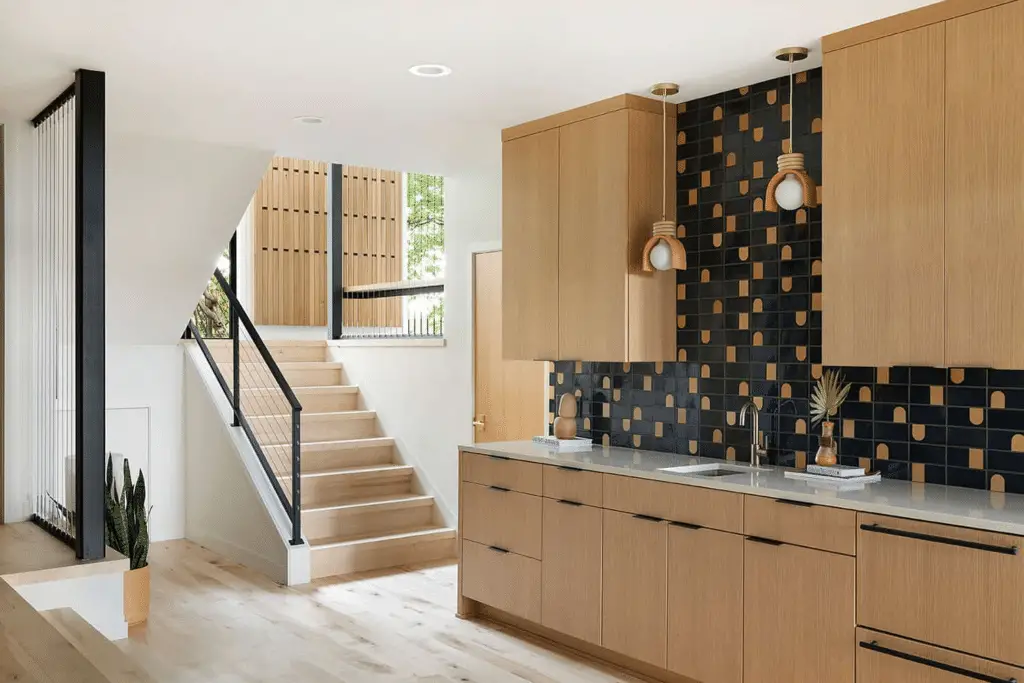
Consider the function of each area in your split-level kitchen. For example, you may want to use durable and easy-to-clean materials in the cooking and prep areas, while opting for more decorative and visually appealing materials in the dining and entertaining spaces. By tailoring your choices to the specific needs of each section, you can create a cohesive design that flows seamlessly throughout the entire space.

When selecting colors for your split-level kitchen, think about the mood and ambiance you want to create. Lighter colors can make a space feel more open and airy, while darker colors can add depth and coziness. You can also use color to highlight architectural features or create visual interest in different areas of the kitchen.
Real-Life Examples and Case Studies
To illustrate how to successfully combine material and color choices in a split-level kitchen, let’s look at a few real-life examples and case studies.
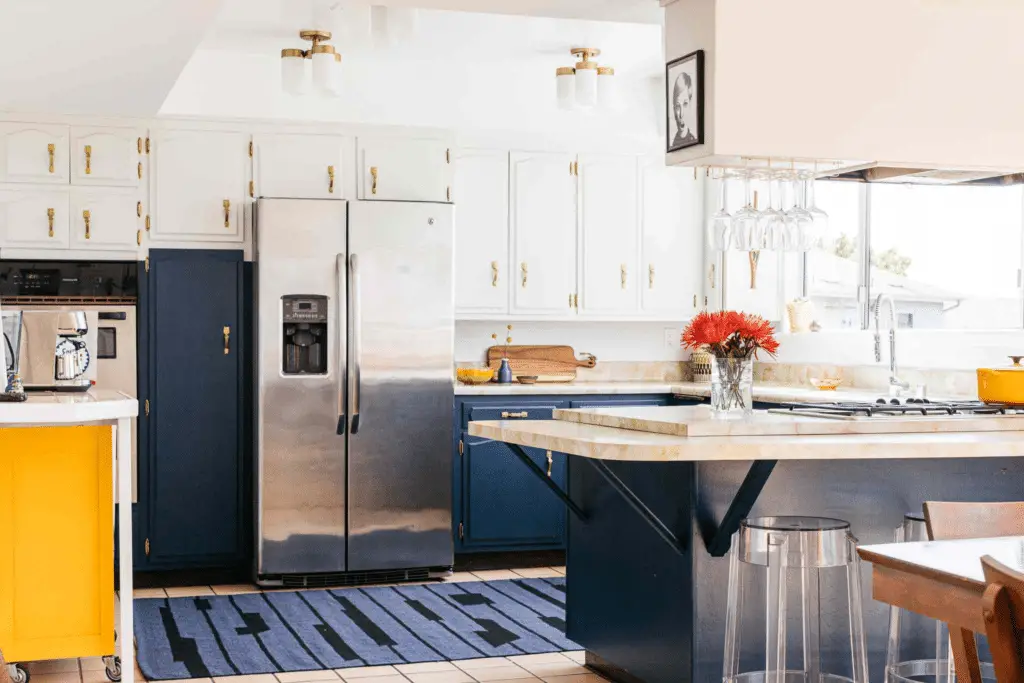
In a modern split-level kitchen, the homeowner opted for sleek white cabinets paired with a bold navy blue island. The white cabinets create a clean and fresh backdrop, while the navy blue island adds a pop of color and serves as a focal point in the space. By balancing these two contrasting colors, the kitchen feels cohesive and harmonious.

Another example is a more traditional split-level kitchen, where the homeowner chose warm wood cabinets and earthy tones for the countertops and backsplash. By sticking to a consistent color palette of natural materials, the kitchen exudes a sense of warmth and comfort. The cohesive design plan creates a welcoming and inviting atmosphere for both cooking and entertaining.
By following these guidelines and drawing inspiration from real-life examples, you can create a split-level kitchen that is not only beautiful and stylish but also functional and practical. Remember to stay true to your design vision, consider the function of each area, and choose colors and materials that complement each other to achieve a cohesive and harmonious look.
The Future of Split-Level Kitchen Remodels
As the world of home design continues to evolve, split-level kitchens are no exception. With advancements in technology and design trends constantly changing, it’s important to stay ahead of the curve when planning a remodel. The future of split-level kitchen remodels lies in innovative materials and exciting color choices that are projected to trend in the near future.
Introduction to Innovative Materials
When it comes to kitchen design, the materials you choose play a crucial role in both the aesthetic and functionality of the space. In the future, we can expect to see a rise in the use of innovative materials that not only look stunning but also provide enhanced durability and functionality. Look out for materials like engineered quartz, recycled glass countertops, and sustainable wood options. These materials not only add a touch of modernity to your kitchen but also contribute to a greener, more sustainable home.
Projected Color Trends

Color plays a significant role in setting the mood and aesthetic of a kitchen. In the coming years, we can expect to see a shift towards bold and vibrant color choices in split-level kitchen remodels. Rich jewel tones like emerald green, sapphire blue, and amethyst purple are projected to trend, adding a touch of luxury and sophistication to the space. These colors can be incorporated into cabinetry, backsplashes, or even as accents through small appliances or decor pieces.
Tips for Integration
Integrating these predicted trends into your current split-level kitchen remodel can be a fun and exciting process. Start by choosing a focal point in the kitchen where you can showcase these innovative materials and bold colors. Whether it’s a statement backsplash, a kitchen island, or even a set of unique bar stools, adding these elements strategically can make a big impact without overwhelming the space. Remember to balance out the bold choices with neutral tones or natural materials to create a cohesive and harmonious design.
By staying informed about the latest trends in materials and color choices for split-level kitchen remodels, you can create a space that not only meets your needs in terms of function and durability but also reflects your personal style and taste. Embrace the future of kitchen design with confidence and creativity to make your split-level kitchen remodel truly stand out.
Wrap Up: Embrace the Fusion
In conclusion, the key to creating a stunning split-level kitchen lies in the harmonious blend of materials and colors. Your choices impact not only the look but also the functionality and longevity of your space. So, choose wisely, considering trends, your personal style, and the overall ambiance you wish to create. With a strategic mix of materials and colors, you can transform your kitchen into a chic and inviting space that reflects your unique taste and stands the test of time. Happy remodeling!


